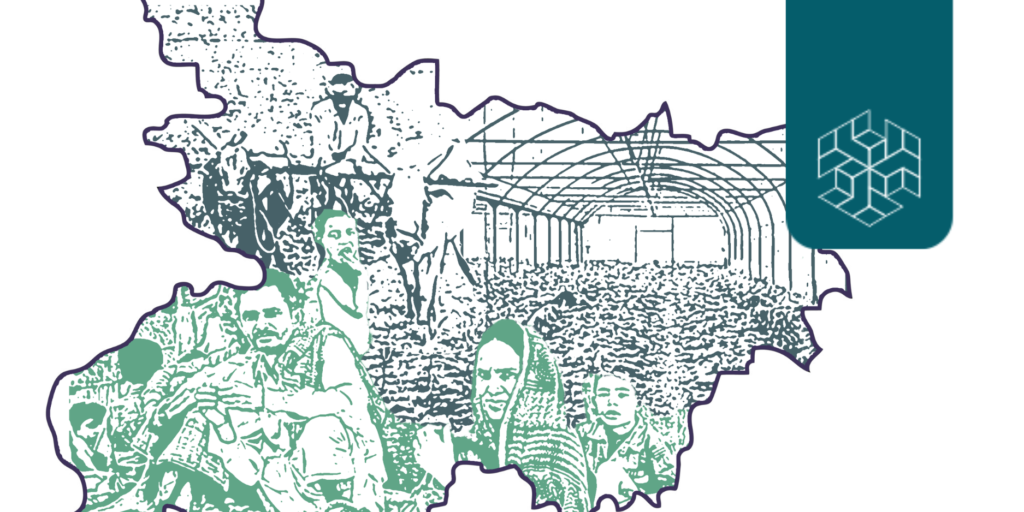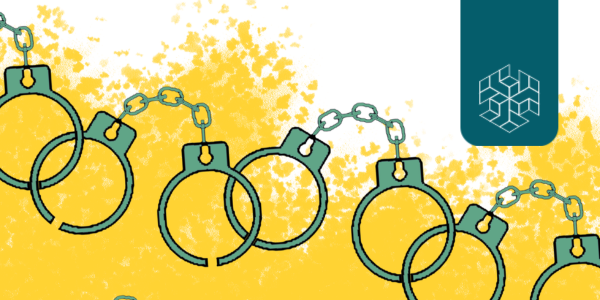Authors: Arushi Raj and Arpita Victor
Editors: Soumya Singhal and Ritwiz Sarma
Abstract
The new Wild Life (Protection) Amendment Bill, 2021 seeks to reduce the number of schedules in the Wild Life (Protection) Act, 1972 from six to four. The Schedules in the act provide varying degrees of protection to animals and plants. The new amendment bill also proposes to remove Schedule V, which gives the Centre direct power to declare any species ‘vermin’ and allow them to be freely hunted. In this context, this paper analyses the category of vermin, its problematic nomenclature, and its colonial origins. Further, it examines the implications of labelling an animal ‘vermin’ and the resulting ramifications of the animals undergoing mass culling. Finally, the paper seeks to explore the effectiveness of mass culling as a measure to mitigate human-wildlife conflict [HWC] in India and highlights other potential methods to address the complex issue.
Keywords: Human-wildlife conflict, Wild Life Protection Act, vermin, mass culling
Introduction
In December 2021, The Wild Life (Protection) Amendment Bill, 2021 was introduced in the Parliament proposing changes to the Wild Life (Protection) Act, 1972 [WLPA]. WLPA is a critical law that provides protection to and conservation of wild animals, birds, and plants in India. The WLPA, 1972 currently has six schedules that assign varying degrees of protection to animals and plants. For instance, under Schedule I and II of the Act, animals and birds such as tigers and elephants are offered the highest protection. Thus, offences against them have the highest penalties. Species under Schedule III and Schedule IV are less protected. Schedule V lists species classified as ‘vermin’, such as common crows, fruit bats, rats, and mice, which may be hunted freely. Growing human-wildlife conflicts poses a threat to both animals and people, given their increased interaction and competition for natural resources and space. A recent report by the World Wide Fund for Nature and United Nations Environment Programme (2021) stated that HWC is one of the greatest threats to the long-term survival of several wildlife species.



